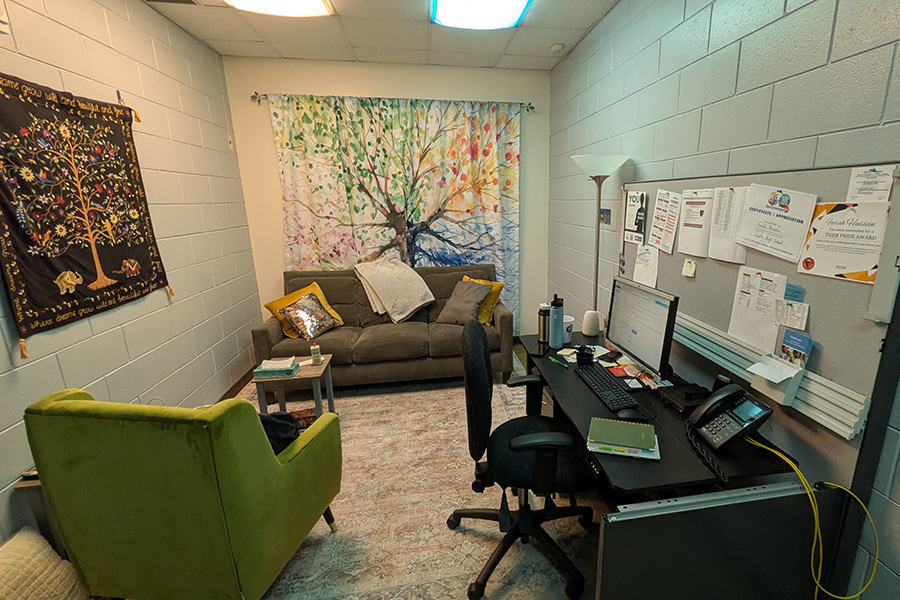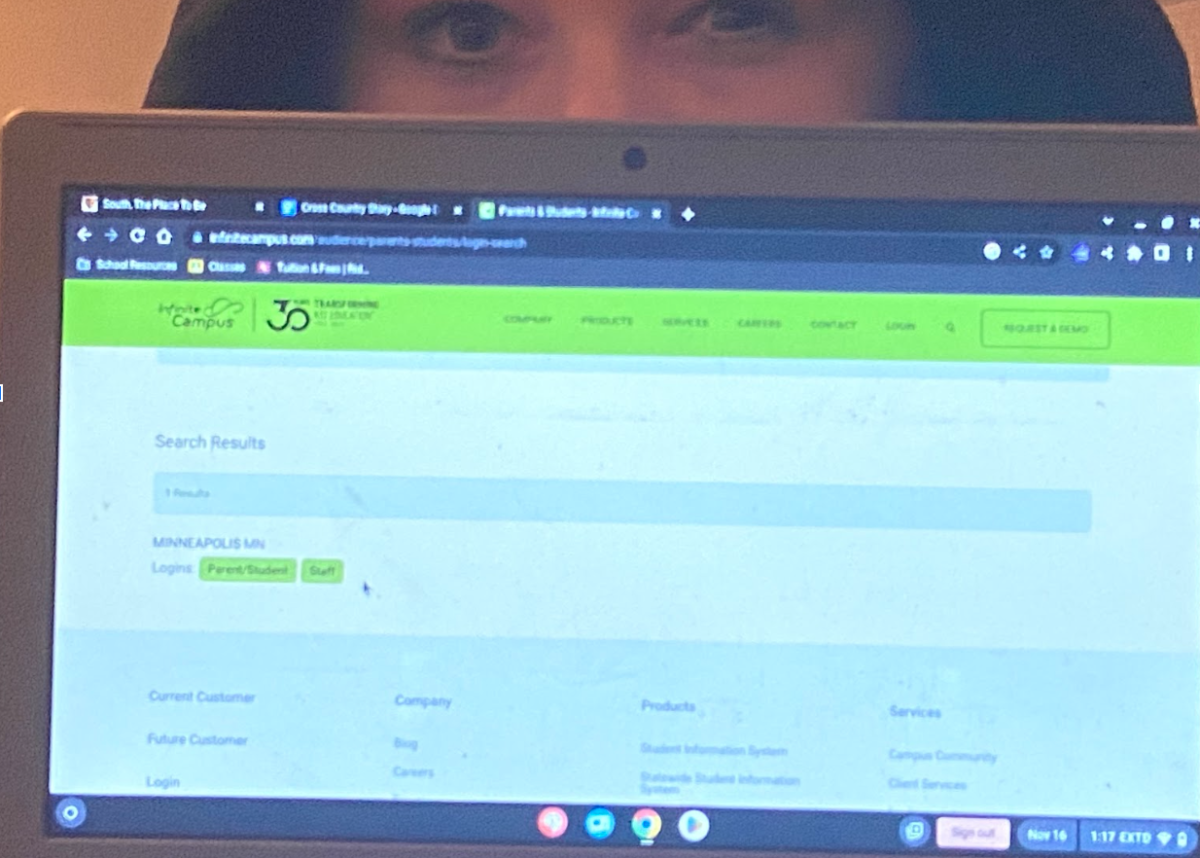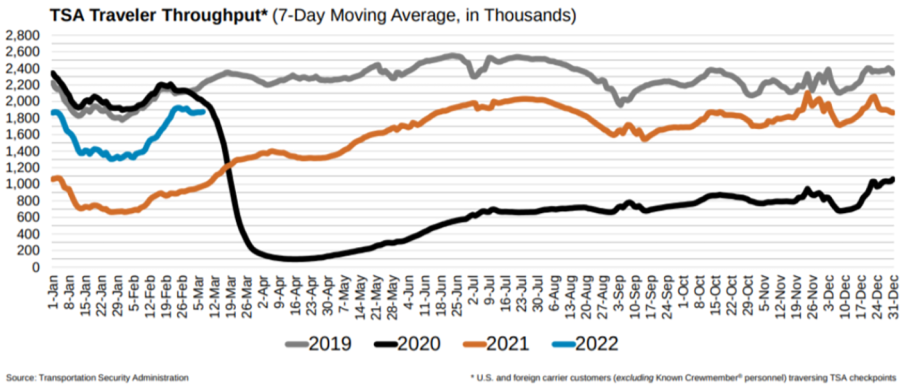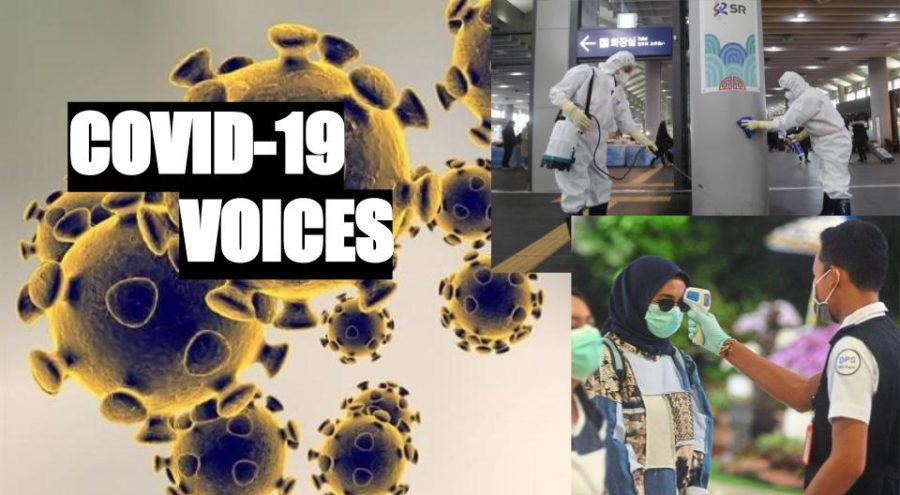When I first moved to Minneapolis from a Maryland suburb outside Washington, D.C., I was doubtful that the highly touted “Minnesota nice,” of which I was assured, really did exist. After living here for about three months, and adjusting to life at South, I’m still not exactly sure it’s real, but I think “South nice” might be.
As a teenager, moving can be one of the most dramatic and stressful things to handle. Whether the move is from across the district, the country, or multiple continents, the kind of terror that accompanies being new in school is something that can only be felt first-hand. The potential challenges are endless: whether credit requirements match up, who to befriend, and the beyond stressful confusion of where to sit at lunch. As a new student for the first time in a long time, I was dreading this. I’ve never had trouble making friends before, but once I was literally 1,000 miles away from home, I pretty much felt out of my element.
However, adjusting to South is easier than anything I would have expected.The community at South has been welcoming and warm, and reached out to me in ways for which I couldn’t have asked. And students like Alex Boutrous also got a unexpected welcome at South. “Everyone I’ve encountered so far has been nice and willing to help when I didn’t know where to go or had questions,” Boutrous,a junior, says. “I haven’t had any negative experiences yet.”
Of course, South isn’t perfect. It’s a high school, and cliques and groups come with this age group,as well as kids who couldn’t care less about new students like me. Counselor Marie Hassell understands this, noting that “We would hope, in general, we have less than some of the other ones, but I’m sure any high school has cliques.” Ruth Fitsum, a senior who transferred from a school in Africa, sees these groupings in South as well. “People are always busy and everyone is doing their own thing, talking to the same people, doing the same things so it can be hard to approach people.” These kids are definitely at South, but it’s easy to find students are are willing to take the time to know new kids. However, the flaws in South’s welcome of new students doesn’t lie in the students as much as in the administration.
None of the new students that I have talked to, including myself, received support or integration help in the first week of school. The lack of support from the administration was startling, and it’s not due to the lack of incoming students. In fact, Hassell explained, South will “get new students all year round, like, there is no cutoff date. Literally, any day we can have a new student. It’s probably over 100 at this point.”
Fitsum was never approached as a new student, and sees the flaw in the system. She explains that even LINK Crew, who are supposed to help students with questions during the first few days, “were, ironically, the least approachable.”
The only program currently in place to support adjusting students is the student ambassador program. Unfortunately, this too is flawed. While a proponent of the ambassador program, Hassell admits that the length of the program, one day, is short, and the organisation isn’t always timely. The problem, Hassell says, is that in the first week of school, “we’re not ready. I think this year was the first year that by day two or so, we were able to try to set ambassadors up.”
In fact, I was told that the reason I was never connected to the program was because I started on the first day of school with the rest of the South students.
The only reason I didn’t feel completely abandoned was that I had meetings and tours, by request, with my counselor in the first few days, as well as with the parent liaison, Sharon White. Similarly, Boutrous made clear that her counselor, Ms. Mosconi, “helped me get my schedule set up and make changes as needed as well as making sure I got where I needed to go the first day.” However, the duty of showing kids around and helping them feel comfortable in South shouldn’t be on the shoulders of South’s already busy counselors or Ms. White.
I visited four other schools in the Minneapolis/St Paul area, including Southwest. What I found at South when I visited was something that could feel like home, as strange as that sounds. Schools like Southwest are so geographically homogenous, but students from all around the district come to South. Every type of person is here, and students here are so comfortable with that.
With such a diverse and helpful student body, if the administration finds a way to be just as helpful, South can be a new student’s dream. If the ambassadors program could be improved to make it more accessible to the students that need it, South would be well on its way to making new students feel at home here.












